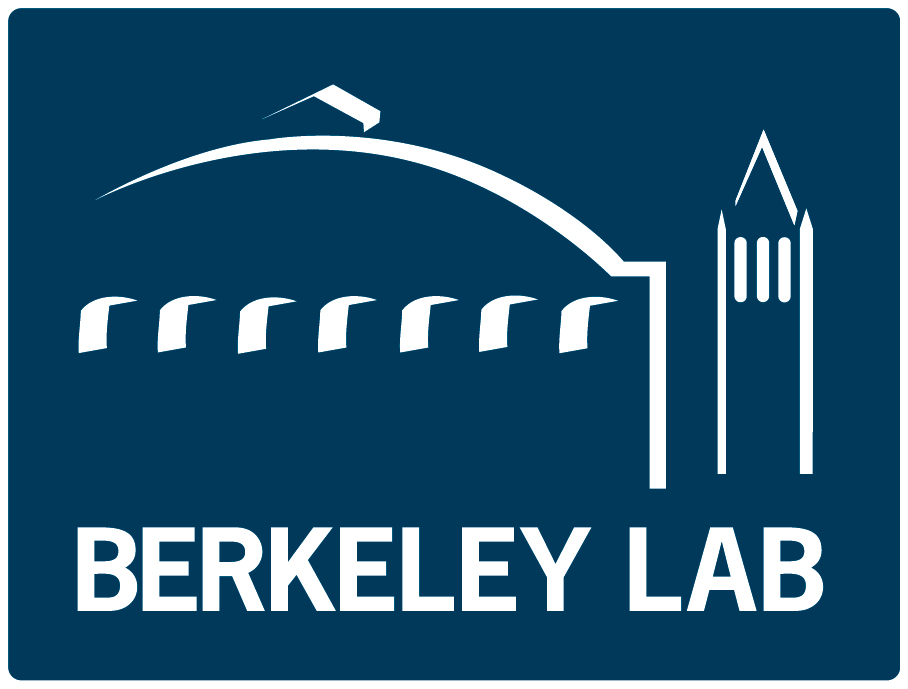APPLICATIONS OF TECHNOLOGY: Multinozzle electrospray emitters for proteome-on-a-chip Mass spectroscopy of peptides and biomolecules with a wide range of weights Process for fabricating complex silicon-based bioanalytical tools ADVANTAGES: First monolithic interface between mass spectrometry and silicon based microfluidic technologies Can be massed … [Read more...] about Electrospray Emitters for Integrating Mass Spectrometry with Microfluidic Devices IB-2211
Uncategorized
Predictive Methodology and Tools for Nanotoxicology IB-2218b
Data Gathered using Berkeley Lab's Nanotoxicity Methodology (A) Numbers of genes whose expression levels changed after treatment with carbon nanomaterials at cytotoxic doses. (B-E) Venn diagrams comparing numbers of genes that showed expression changes. See the publication located at this link for more information on this image. APPLICATIONS: High throughput and … [Read more...] about Predictive Methodology and Tools for Nanotoxicology IB-2218b
Nano-onion Therapy for Cancer Tumors IB-2218a
APPLICATIONS OF TECHNOLOGY: Response to Carbon Nano-onion Treatment Tumor therapy Infrared photosensitizing of cancer cells PET or MRI imaging reagents ADVANTAGES: A slow diffusion rate promises a longer lasting, localized, therapy Few significant side effects are anticipated More efficient than fullerenes in optothermal … [Read more...] about Nano-onion Therapy for Cancer Tumors IB-2218a
BioSig3D: Software for Integrated Imaging and Profiling of 3D Cell Culture Models 2013-177, 2014-024
APPLICATIONS: Analysis of 3D cell culture model systems Oncology research and drug development Couples novel image analysis algorithms with 3D microscopy ADVANTAGES: End-to-end solution -- from assay to bioinformatics Enables 3D visualization and analysis of 3D spatial data Quantifies subcellular morphometric indices and corresponding molecular endpoints, on … [Read more...] about BioSig3D: Software for Integrated Imaging and Profiling of 3D Cell Culture Models 2013-177, 2014-024
Combining Highly Sensitive Microarrays with Label-free Infrared Imaging 2014-015
ABSTRACT: From a research team led by Berkeley Lab's Hoi-Ying Holman: Archaea are usually minor components of a microbial community and dominated by a large and diverse bacterial population. In contrast, the SM1 Euryarchaeon dominates a sulfidic aquifer by forming subsurface biofilms that contain a very minor bacterial fraction (5%). These unique biofilms are delivered in … [Read more...] about Combining Highly Sensitive Microarrays with Label-free Infrared Imaging 2014-015
